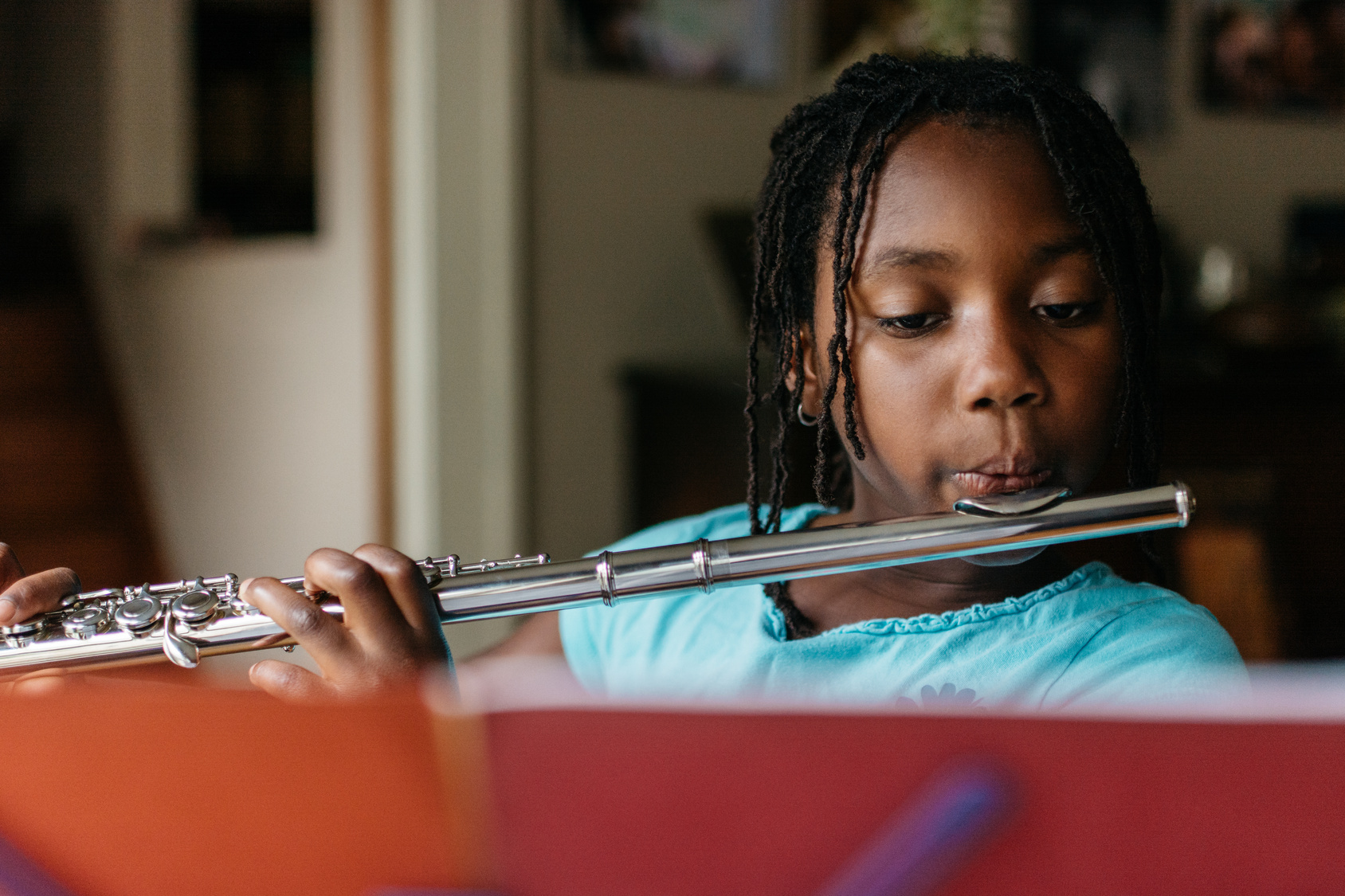
I was fortunate to have been brought up in a musical environment that emphasized listening first. As a young Suzuki violin student, my teacher made me learn every piece by ear before looking at the music. I was also required to work on daily sightreading and rhythm exercises and to study music theory and history. As I grew, I had the skills to take on all kinds of musical projects, from youth orchestra and chamber music to Irish and Appalachian fiddling, jazz and DAWG, bluegrass, free improvisation, studio recording, arranging and more. Reading music is fun and an essential skill for any string player, but I find it curious we tend to emphasize the visual over the aural so much in traditional western music pedagogy. How many times do we say, as violinists, “Look in the mirror to see if your bow is straight. That will get you the best sound.” Instead of: “Listen to your sound – if it doesn’t sound the way you want it to, adjust the angle.” Similarly, we tend to focus on reading before we even teach students to tune their own instruments. Learning by ear usually involves a slower, more patient approach to start with. It might take a few weeks of everyone singing an “A” together and trying to match the tone on their string before they get it right. But once they have it, they have it for life. Learning by ear encourages students to bring something of themselves into the project from the start. Here are some of my favorite exercises, suitable for students of all ages and levels:
Ask your students to share a lullaby or other simple song. Sing the song together until everyone knows it. Once everyone can sing the whole thing, pick up the instruments. Start with the first two notes (or a short phrase) and repeat it several times. Sing, then play, sing, then play. When they have that, add the next phrase. Focus on more than just the notes here. When you breathe as a singer, the instrument should also breathe. Bows should come off the string, lips should come away from the mouthpiece, etc. Try to shape the phrases to match the rhythm of the words. Don’t expect this to be perfect the first time – the key is always going back to the voice, singing, then playing again. Eventually, it will become smoother and more comfortable. And when it does, over time, take the same material and do it in every other key. I find this to be something that works with musicians at all levels, even beginners. It builds confidence on an instrument very quickly.
Take a spoken phrase and transfer it, pitch, rhythm, and articulation, onto instruments. I will never forget doing this once at a festival, using a line from a flier advertising violin repair: “Help! My fiddle sounds funny.” We said the phrase several times, exaggerating the rhythm of it, shaping it a bit to match the melodic shape of the phrase.
Then, we played games with it, re-ordering the words, extending it (“So funny, so funny, so funny…”), adding new words (“Really funny!”), turning it into a question, (“Why does my fiddle sound funny?”). This exercise can provide a starting phrase for a new tune, an improvisation over a pre-existing form (12-bar blues, for example).
When teaching a piece by ear, while learning it, students learn every part on their instrument, even if it is in the wrong range. I always have everyone learn the bass part, the rhythm parts, the harmony, and the melody, always singing or clapping first, then trying it on other instruments. I like to spend a lot of time on groove (in any genre). In fact, when the groove is weak, I ask everyone to throw pitch completely out the window and just focus on rhythm. Allowing everyone to let the melody go brings the rhythm into sharp focus (and the students usually find it to be hilarious). To focus on harmony, I like to try an exercise where we follow voice-leading through the chords by ear. I’ll ask everyone to sing the tonic of the first chord, then move to the closest pitch in the second chord (staying on the same note whenever possible). We do that starting on each pitch of the first chord, singing the lines repeatedly so everyone hears them clearly. Then, everyone chooses their favorite line, and we sing in harmony. Finally, we do the whole thing again on instruments. This is an excellent way of connecting harmonic hearing to one’s instrument. It builds a deeper understanding of any piece of music and can also provide an underlying structure for improvisations.





















